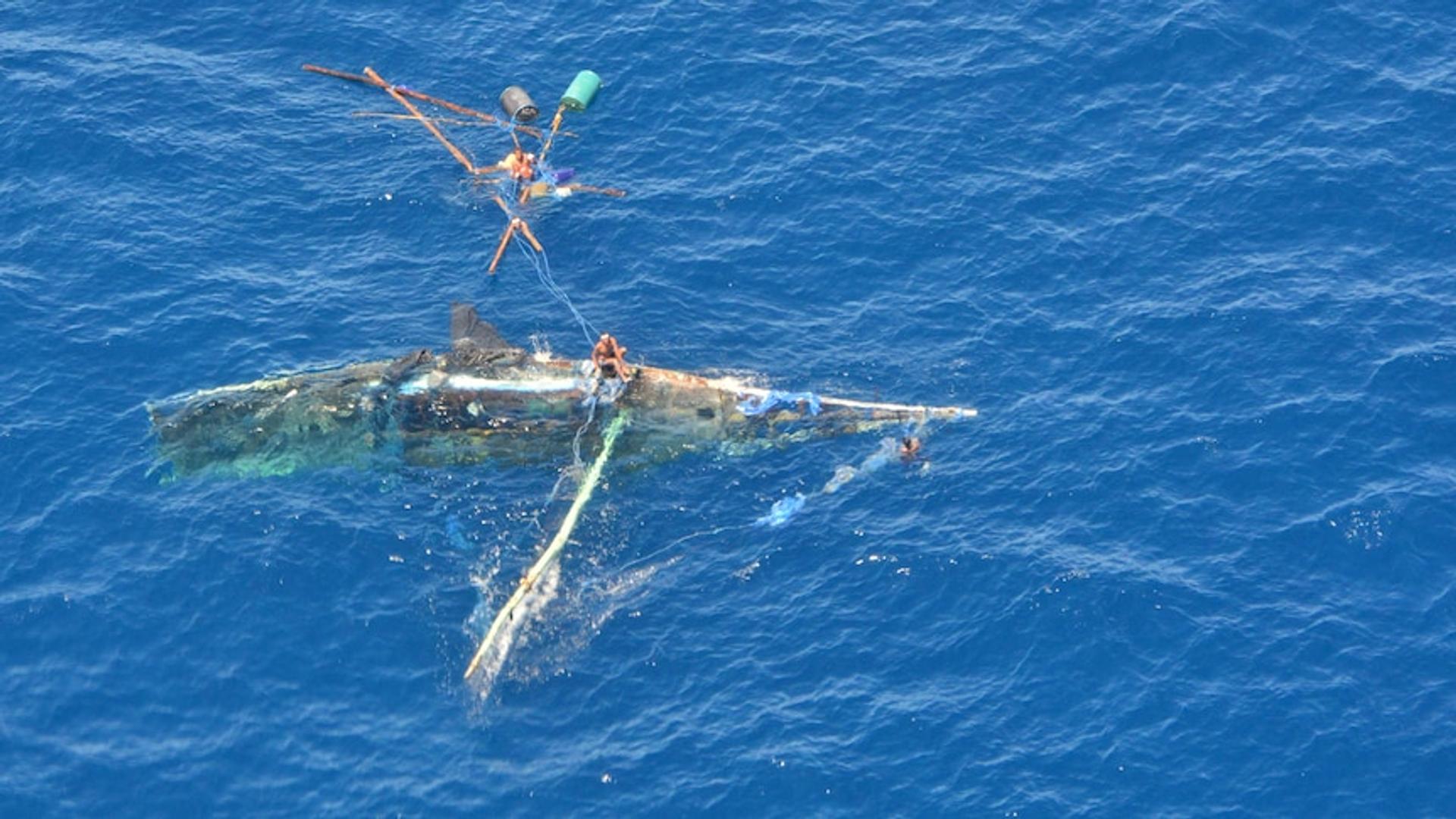Kuda Laut
Vessel Name: Kuda Laut
Yohanis Balu
Ibrahim Loe
Yunus Modokh
Pice Nalukh
Denis Busu
Panji Balu
Benyamin Pah
Rifan Balu
Ari Arbet Giri
Lost at Sea off Ashmore Reef; Bodies never recovered
18 March 2022

A Small Memorial Plaque on Rote Island

The Wreck of the Kuda Laut
The KM Kuda Laut departed the Port of Papela on Rote Island, West Timor on Thursday, 17 March 2022. The 12 crew were from Hundihuk Village, a rural village in Rote’s south. They were intending to fish for trepang (or sea cucumber), which can fetch more than $AUD20 each, or $AUD40 a kilogram. A big catch can bring in thousands of dollars. On a good day they could take home over a million rupiah ($AUD 100). If only relying on farming, they would take a year to earn that. Sea cucumber is a delicacy in Chinese restaurants, where a typical dish can cost more than $AUD100 in restaurants in Jakarta or Surabaya. Most of the crew (except Captain Yohanis Balu) had no experience as sailors. It was during the height of the pandemic and poorer economic conditions was luring more boats to travel further afar, and unemployed men to sign up for the fishing trips.
Ashmore Reef is known by Indonesian traditional fishing communities, especially Rote fishermen, as Pulau Pasir. It is located in the Indian Ocean, about 630 kilometres north of Broome. The historical evidence points to a regular use of Ashmore Reef by Indonesian fishermen since somewhere between 1725 and 1750.
The Kuda Laut was first seen at about 7pm on Sunday the 20 March, by an Australian patrol aircraft. It spotted three fishermen adjacent to the wreckage of a sunken vessel, some 180 kilometres west of Ashmore Reef. Indonesian media outlets reported that the wooden vessel was struck by a large wave enroute to Australian waters. They were changing course to return to Indonesia when the tragedy occurred. Weather in the area had been particularly rough due to the presence of Tropical Cyclone Charlotte.
The Australian Maritime Safety Authority (AMSA) diverted the Singapore-flagged bulk carrier PSU Sixth, which helped the three surviving crew onboard. The PHI International rescue helicopter crew based in Broome, refuelled enroute at a nearby oil rig before conducting a winch recovery of one of the survivors. He was Riki Balu (29), who was critically ill. He was taken to Broome hospital after a two and a half hour trip and subsequently flown by the Royal Flying Doctor Service to Royal Perth Hospital. The two remaining survivors were taken by an Australian Border Force vessel and transferred to Darwin. The rescued crew had been in the water for 40 hours clinging to debri. The other two survivors were Abel Kanuk and Melki Giri. Riki Balu remained critically ill for weeks before he was flown home to Rote Island. So traumatic was his ordeal he didn’t speak about it. All 3 men vowed to never set foot in a fishing boat again.
The 9 other crew members were never found. Captain Yohanis Balu left behind a family in Hundihuk village. In his front yard a “hollow” grave was made (as is the custom here), so that children and grandchildren know their father or grandfather has drowned. The 9 crew who drowned could all swim. Those who couldn’t swim were the ones who survived after they managed to build a makeshift raft from the boat’s debris, keeping them afloat for two days until they were finally rescued.
A small memorial plaque now sits on Rote Island showing the names of the perished.
In the 12 months to the end of June 2022, Australian authorities reported 337 legislative forfeitures at sea, and 44 foreign fishing vessels seizures, most, if not all, of them Indonesian. 29,000 kilograms of trepang and 583kg of shark were seized off vessels fishing illegally in Australian waters, along with fish fin, mackerel and tuna. The increase in incursions that year was blamed on the spike in natural disasters through the southern Indonesian area, and the poorer economic conditions experienced by these communities during the COVID pandemic.
